| Start Page | Update list |
Speakers |
Amplifiers |
Transport |
Lampucera |
Alphabetical |
Tripath |
Download Lampizator |
TDA1541A |
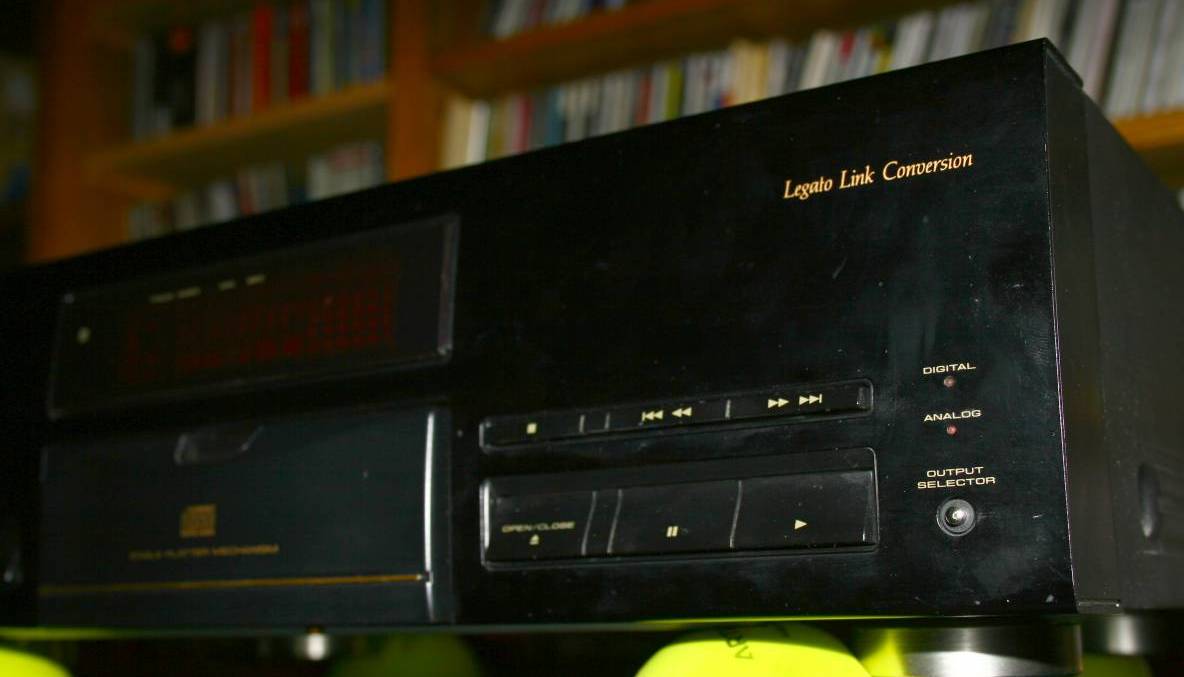
|
PIONEER PD-9700 |
2 x PD2028A |
PEA1030 Stable Platter |
|
PIONEER PD-F705 |
PD2029A |
PEA1179 |
|
PIONEER PDR-05 |
2 x PD2028B |
Writer – Stable Platter |
|
PIONEER PD-S503 |
PD2029A |
PEA1179 |
|
PIONEER PD-S504 |
PD2029A |
PEA1179 Stable Platter |
|
PIONEER PD-S505 |
PD2029A – PD0236AD - CXD2507 |
PEA1291 Stable Platter |
|
PIONEER PD-S506 |
PD2029A – CXD2507 |
PEA1030 |
|
PIONEER PD-S602 |
PD2029A |
PEA1179 Stable Platter |
|
PIONEER PD-S603 |
PD2029A |
PEA1179 Stable Platter |
|
PIONEER PD-S604 |
PD2029A |
PEA1179 Stable Platter |
|
PIONEER PD-S605 |
PD2029A – PD0236AD - CXD2507 |
PEA1291 Stable Platter |
|
PIONEER PD-S702 |
PD2029A |
PEA1179 Stable Platter |
|
PIONEER PD-S703 |
PD2029A |
PEA1179 Stable Platter |
|
PIONEER PD-S705 |
PD2029A – PD0236AD |
PEA1291 Stable Platter |
|
PIONEER PD-S801 |
2 x PD2028 |
PEA1030 Stable Platter |
|
PIONEER PD-S802 |
2 x PD2028B – PD0116A |
PEA1179 / PEA1285 |
|
PIONEER PD-S901 |
2 x PD2028B |
PEA1030 Stable Platter |
|
PIONEER PD-S904 |
2 x PD2028B – PD7009A |
PEA1179 / PEA1285 |
|
PIONEER PD-T04 |
2 x PD2028B – PD0116A |
PEA1179 Stable Platter |
|
PIONEER PD-T06 |
2 x PD2028B |
Magnetic Stable Platter |
|
PIONEER PD-T07 |
2 x PD2028B |
Magnetic Stable Platter |
|
PIONEER PD-T09 |
2 x PD2028A / B |
Magnetic Stable Platter |
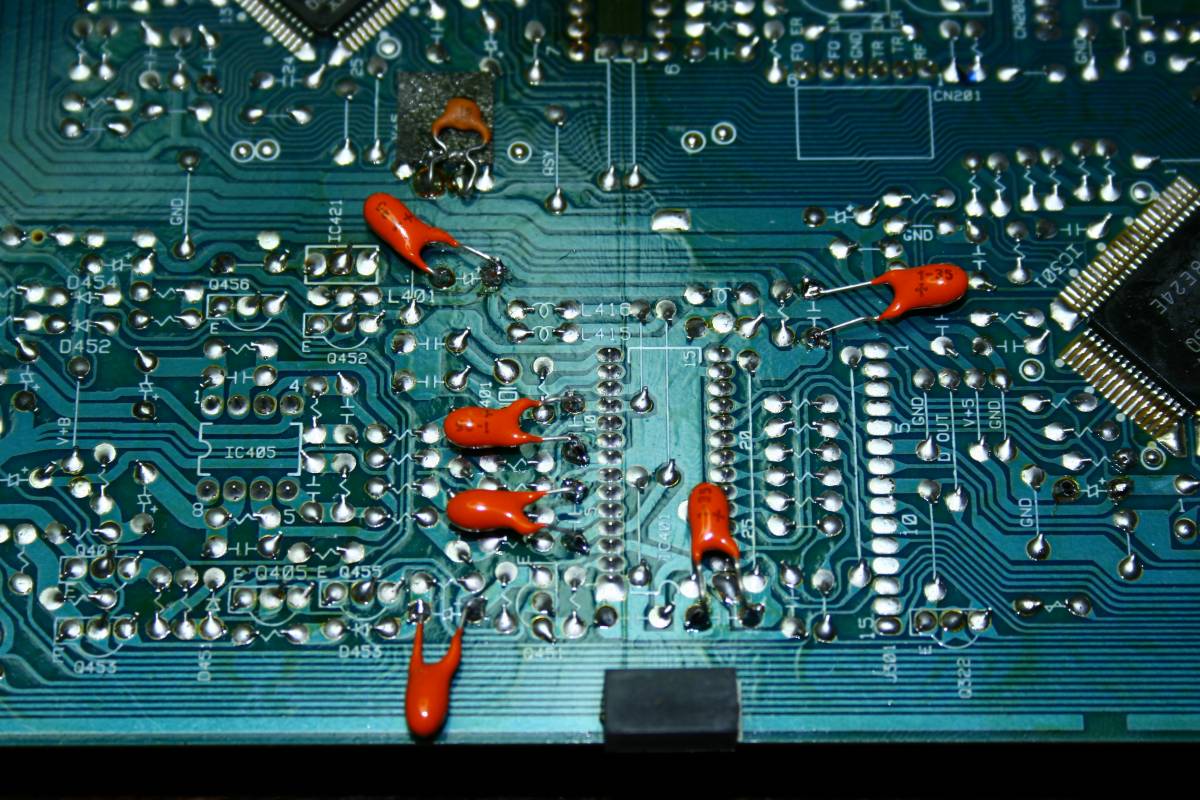


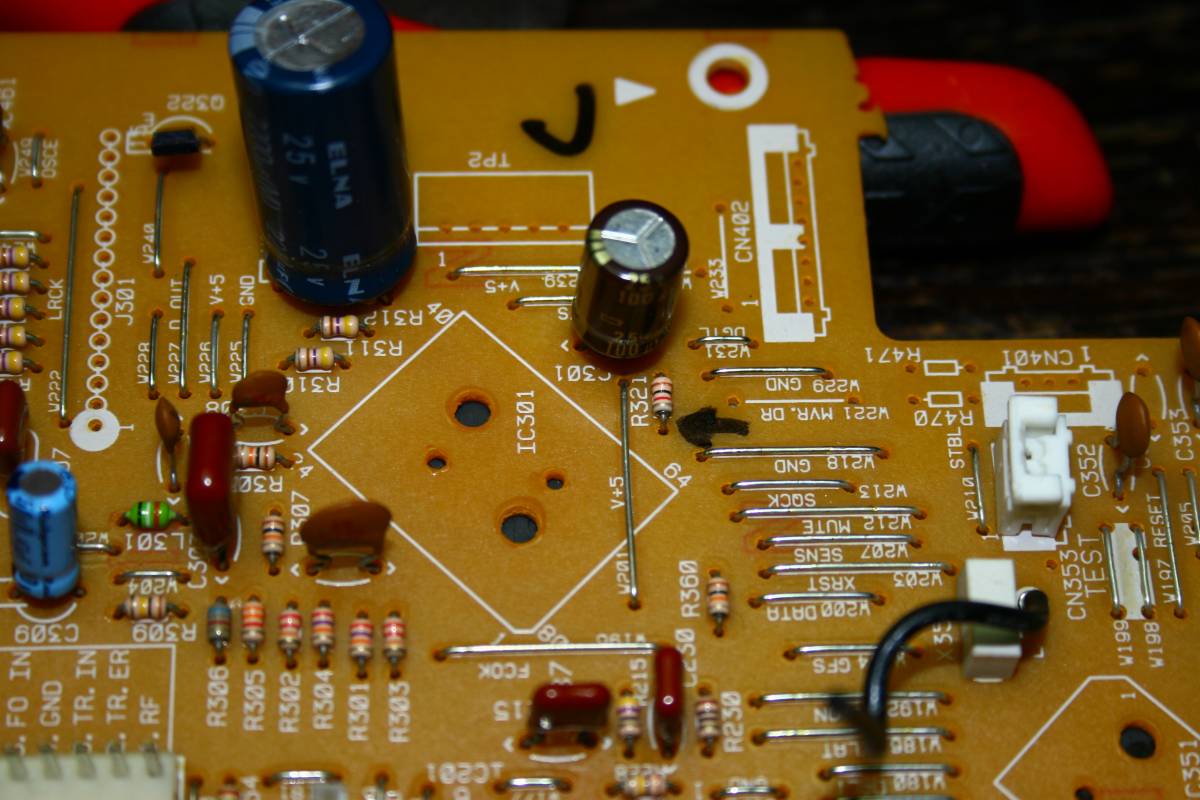
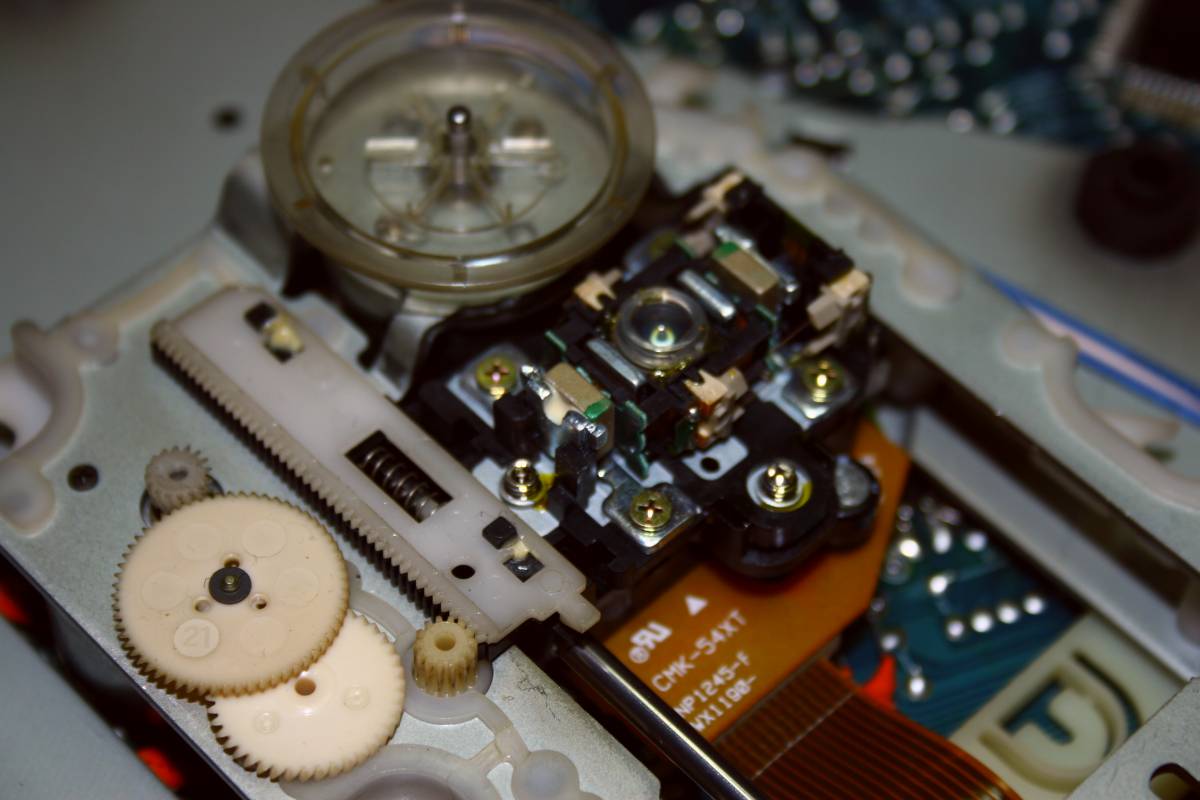


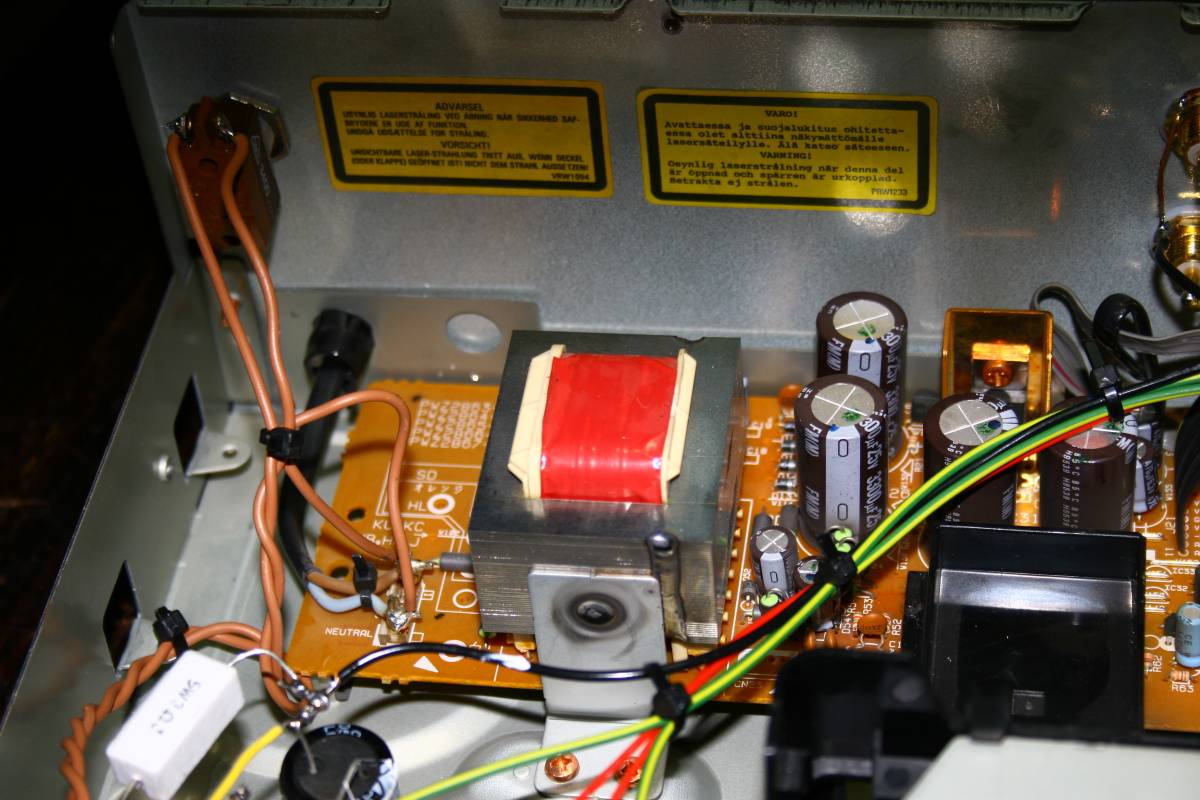
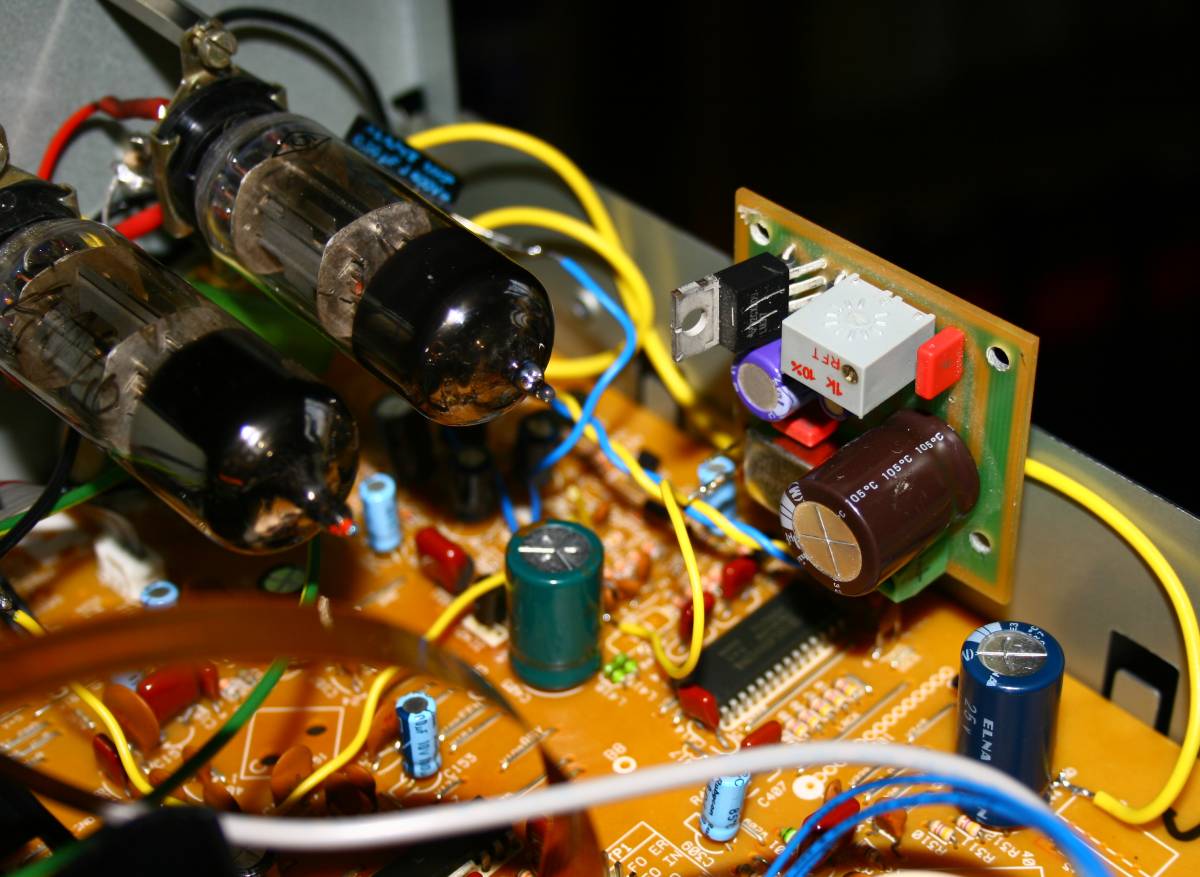
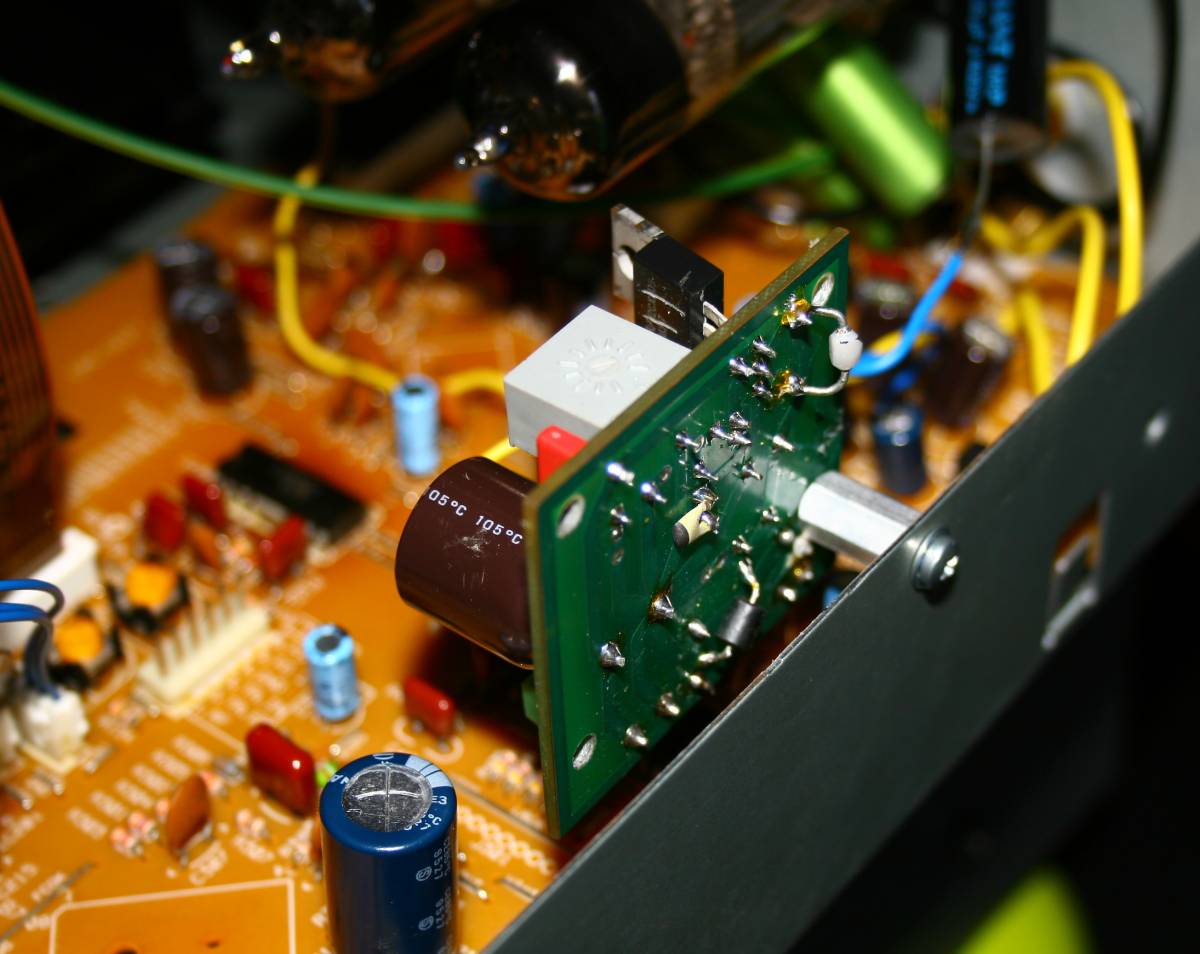
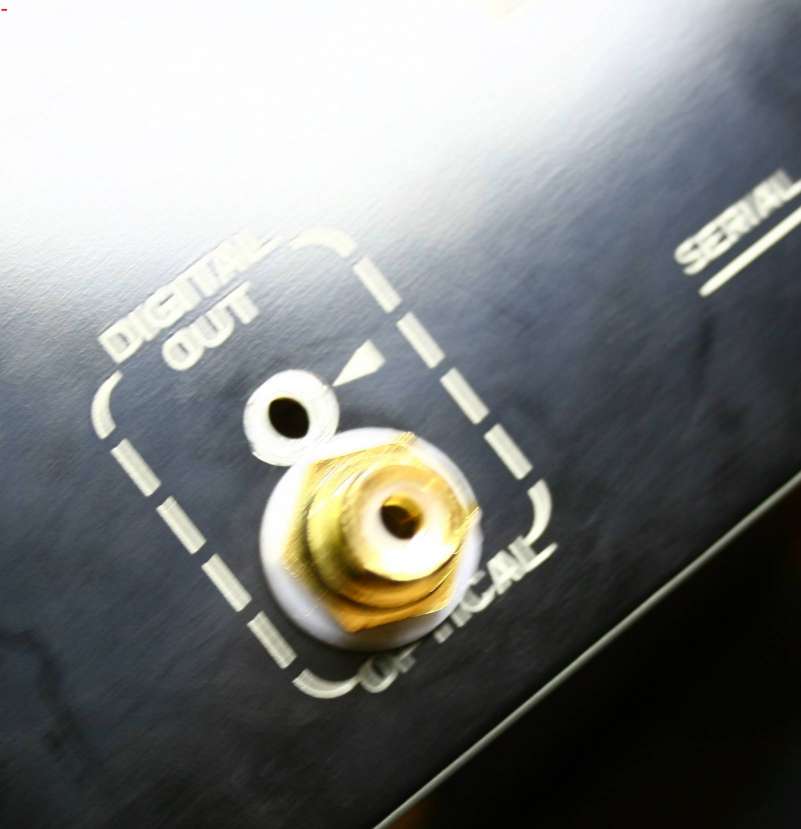
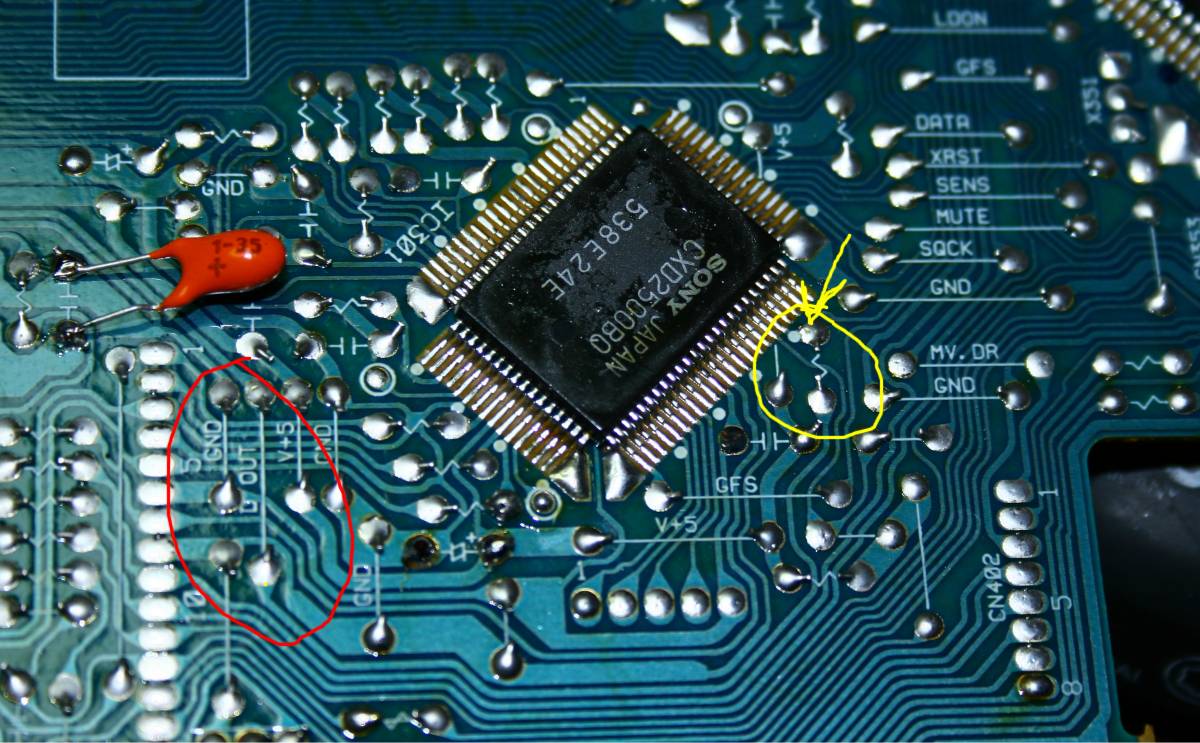

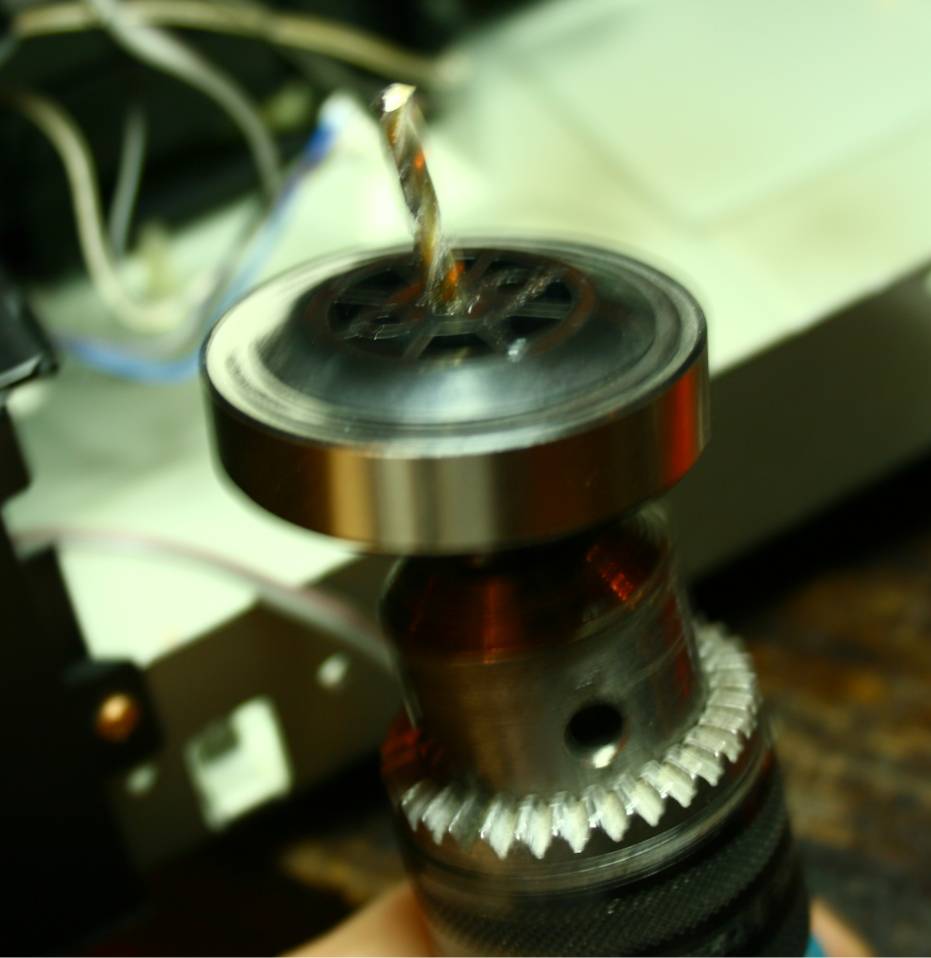
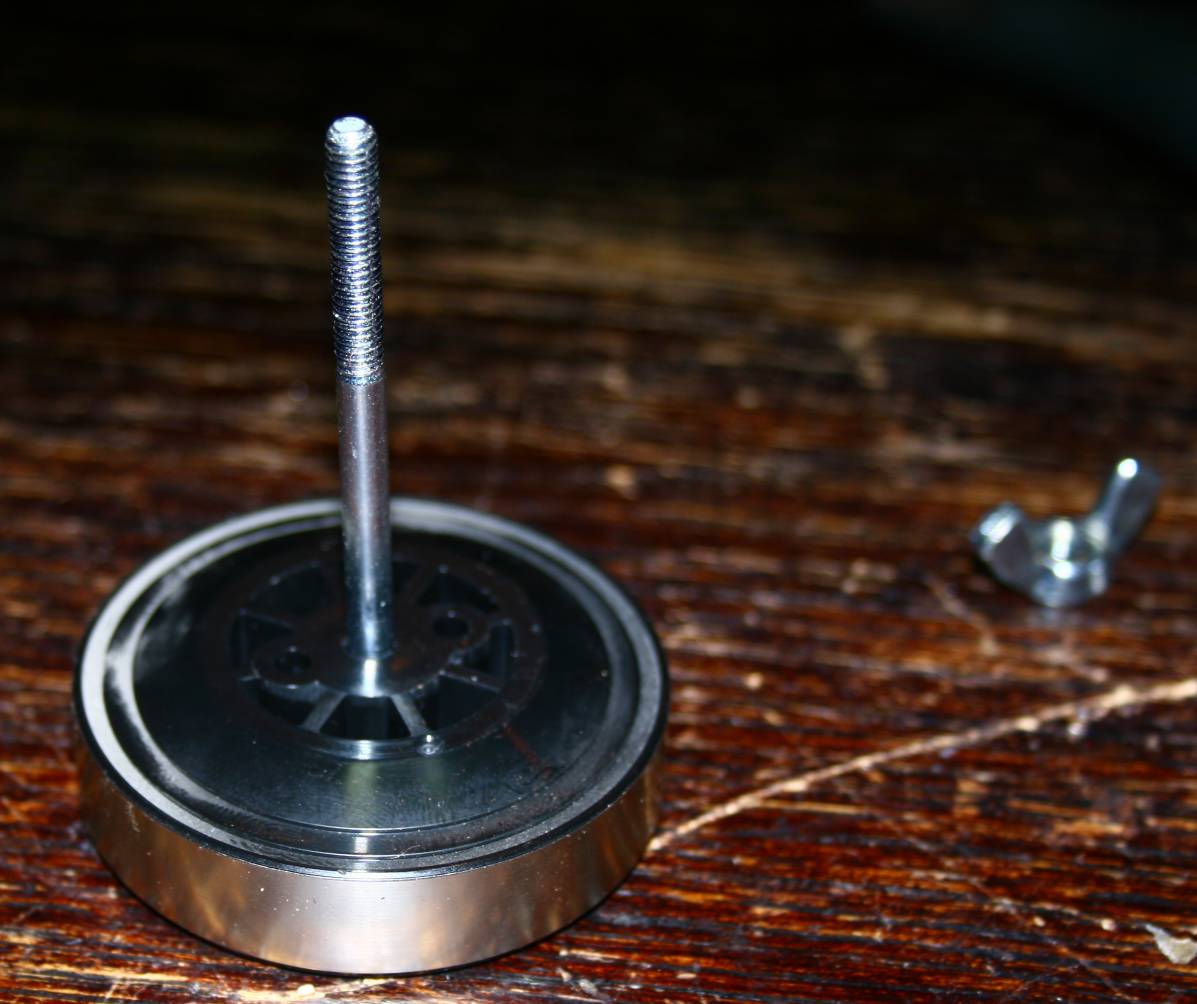
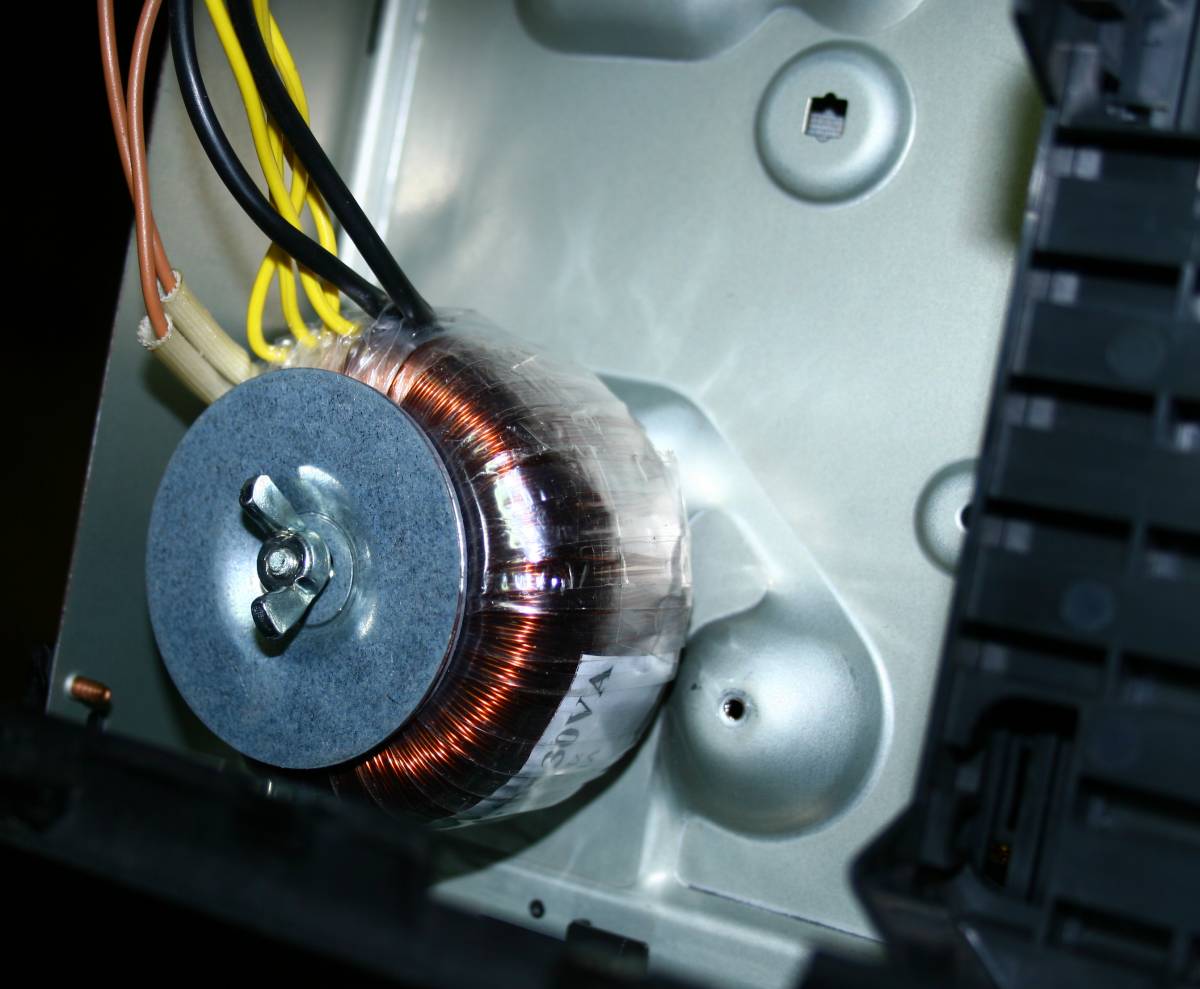



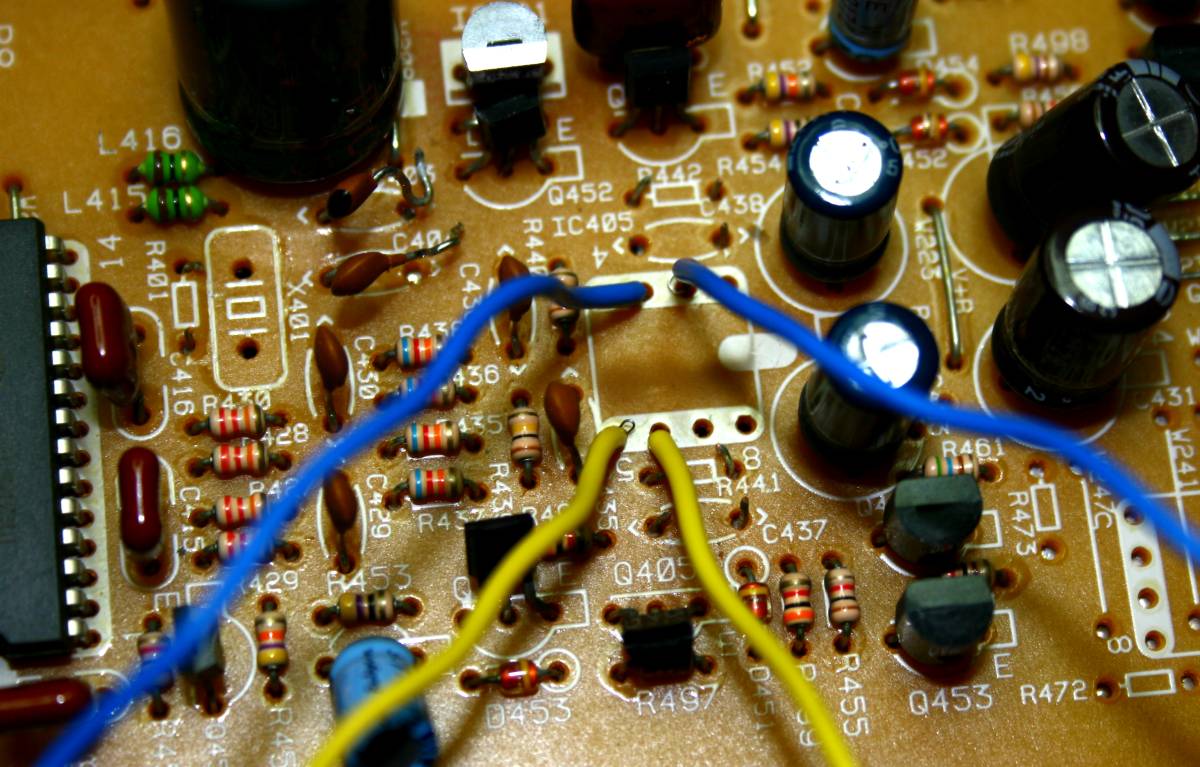
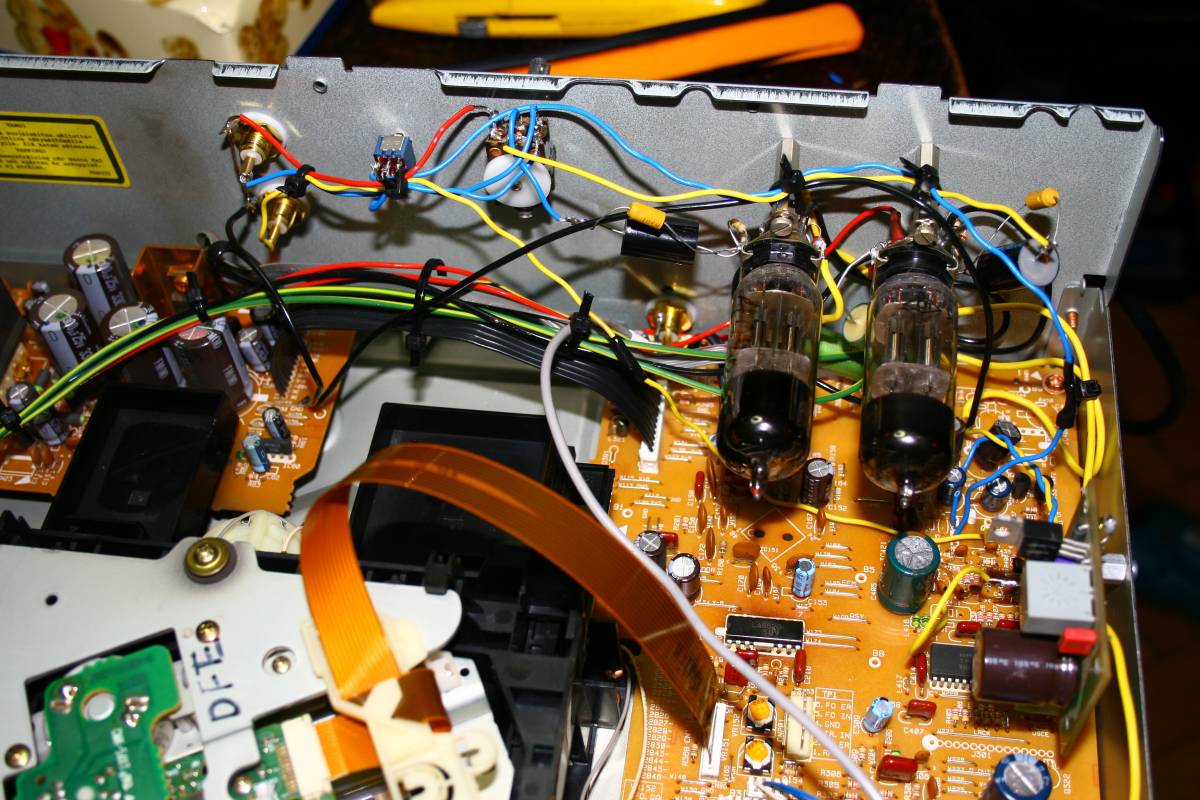
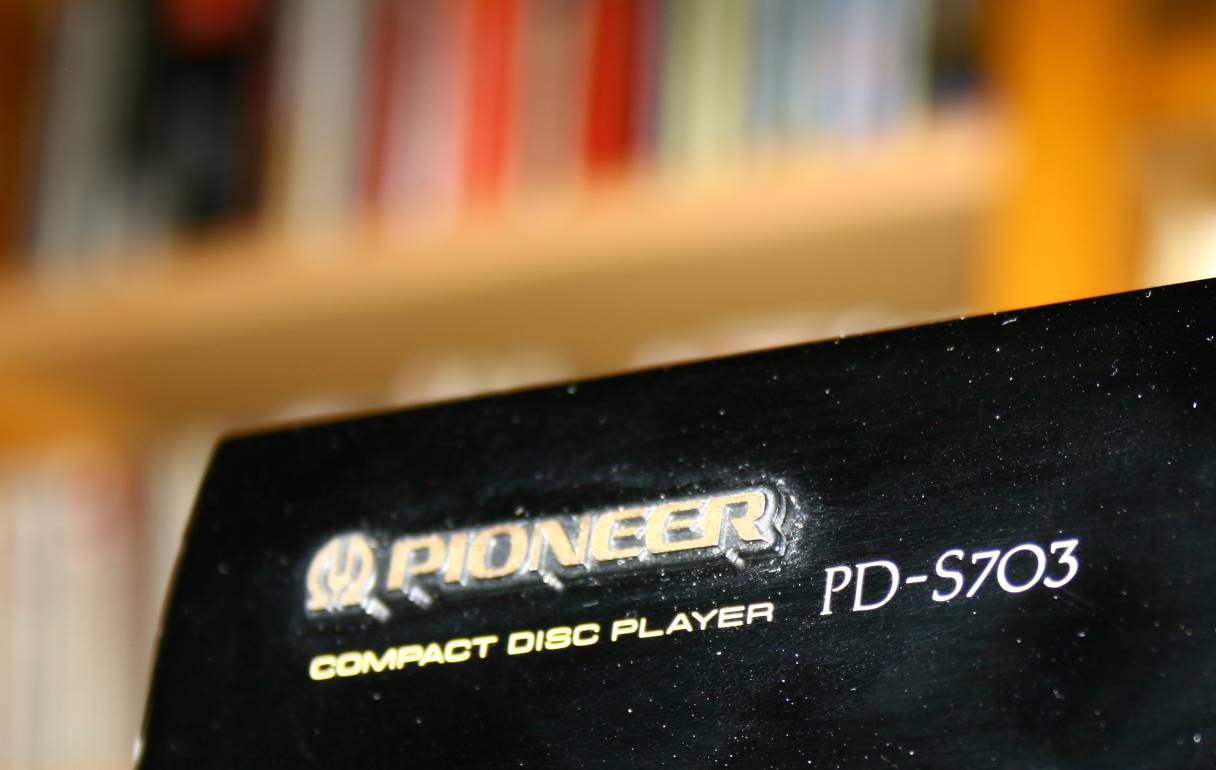
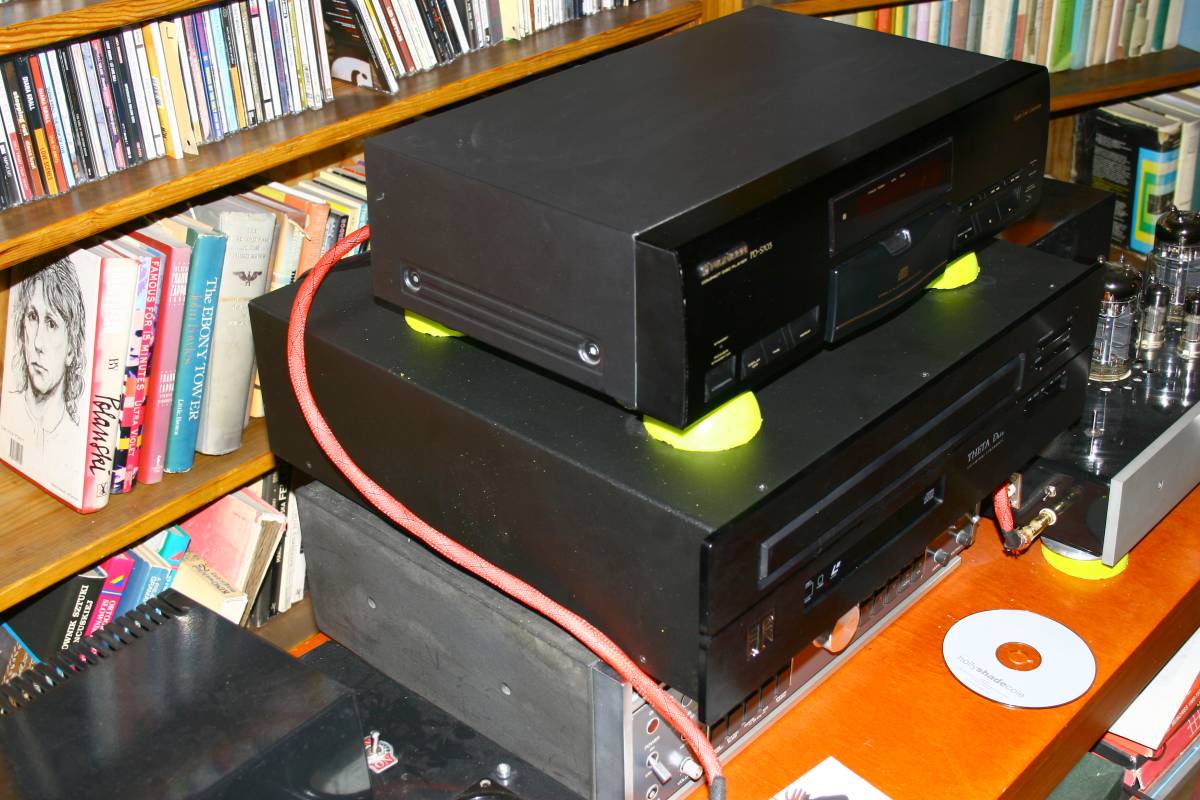
| Start Page | Update list |
Speakers |
Amplifiers |
Transport |
Lampucera |
Alphabetical |
Tripath |
Download Lampizator |
TDA1541A |